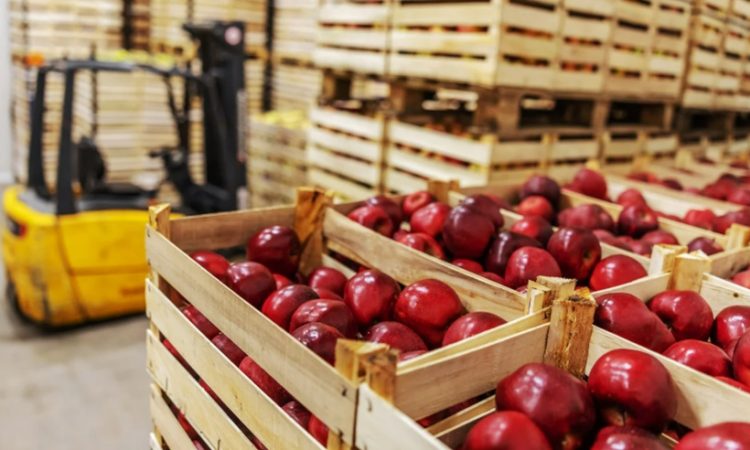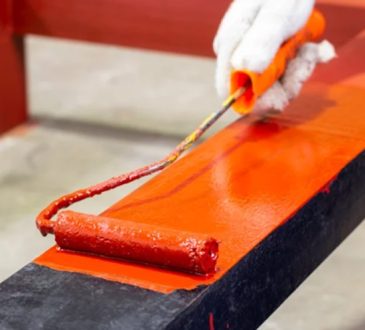
High-value goods require more than just careful handling—they need robust protection throughout the entire shipping journey. From precision machinery to electronics and fragile artworks, safeguarding these items against impact, moisture, and tampering is essential. That’s where shipping crates come into play. These crates are specifically designed to offer strength, stability, and tailored security features that ensure valuable cargo arrives intact and uncompromised.
The Importance of Pre-Planning Crate Selection
Choosing the right shipping crate isn’t as simple as grabbing a standard box. Each high-value item has unique dimensions, fragility levels, and shipping requirements. Proper planning ensures the crate not only fits the product but also supports it during movement, lifting, and stacking.
Businesses must consider various factors like wood type, cushioning materials, and construction methods. It’s important to be aware of practical things to do before buying wooden crates, such as measuring the product accurately, accounting for vibration or drop risk, and confirming that the crate complies with any handling or stacking restrictions. These steps help prevent costly mistakes and ensure the shipping solution meets industry standards.
Shock and Impact Resistance
Crates are often subjected to unpredictable forces during loading, unloading, or transport. Reinforced wooden sides and internal supports absorb shocks and prevent structural damage. Proper blocking and bracing inside the crate keep the contents secure, even in turbulent conditions.
Moisture and Weather Protection
Exposure to humidity or rain can quickly damage sensitive equipment and materials. Quality crates are often sealed or lined to prevent water intrusion. Additionally, they can be treated or engineered to resist mold and mildew, protecting goods from environmental degradation during ocean or cross-border transit.
Security During Transit
High-value items are frequent targets of tampering or theft. Shipping crates with tamper-proof fasteners and lockable lids add a layer of protection. The sturdy construction itself acts as a deterrent, making unauthorized access significantly harder.
Regulatory Compliance for International Shipments
For businesses engaged in global trade, understanding compliance is just as critical as protection. Various international standards govern how wood materials can be used in transport. Crates must often meet ISPM-15 standards, which require treatment to eliminate pests and pathogens.
When dealing with wood-based packing, it’s important to be informed about international regulations for shipping wood pallets and crates. These regulations ensure smooth customs clearance and reduce the likelihood of delays or rejections at foreign ports. Failing to meet these standards can not only jeopardize the shipment but also lead to fines and operational setbacks.
Why Professional Crating Services Matter
Custom-built shipping crates designed by professionals account for the exact weight, fragility, and transportation route of the product. This results in better performance and reduced risk during transit. Professional services also ensure the crate meets industry and international standards, helping businesses avoid compliance pitfalls.
Moreover, professional crate manufacturers offer added benefits like design consulting, cushioning recommendations, and handling guidance—all of which contribute to a safer shipping experience. With high-value items, even minor oversights can lead to major losses, making professional support an investment in security and peace of mind.
Conclusion
Durable shipping crates are essential for the safe and secure transit of high-value goods. From impact protection to regulatory compliance, every aspect of crate design plays a vital role in ensuring successful delivery. With proper planning and professional support, businesses can protect their investments and maintain customer confidence with every shipment.




